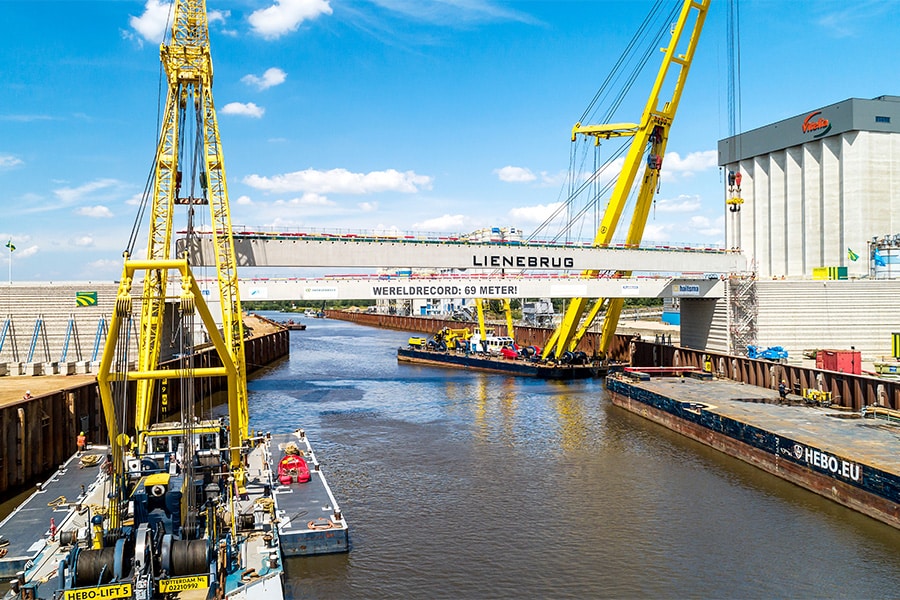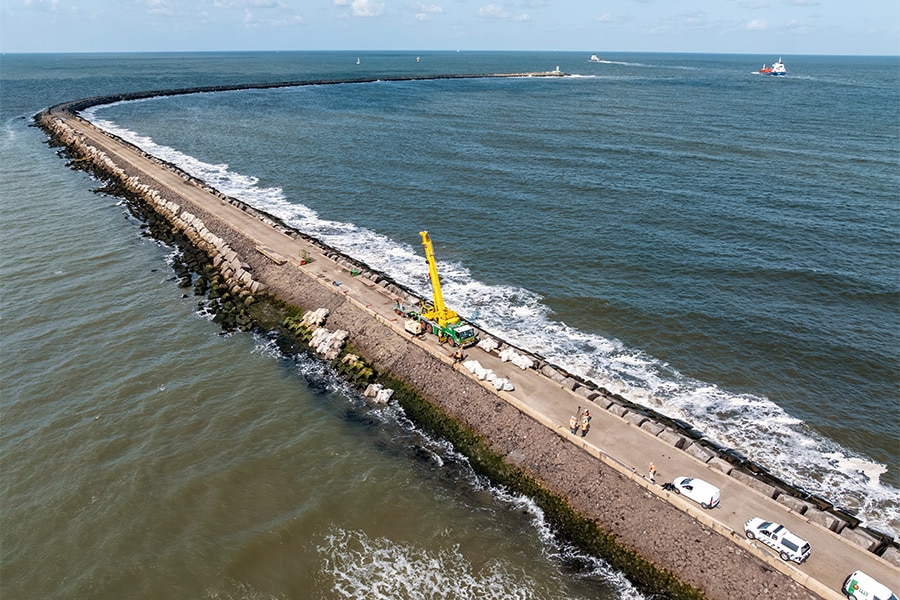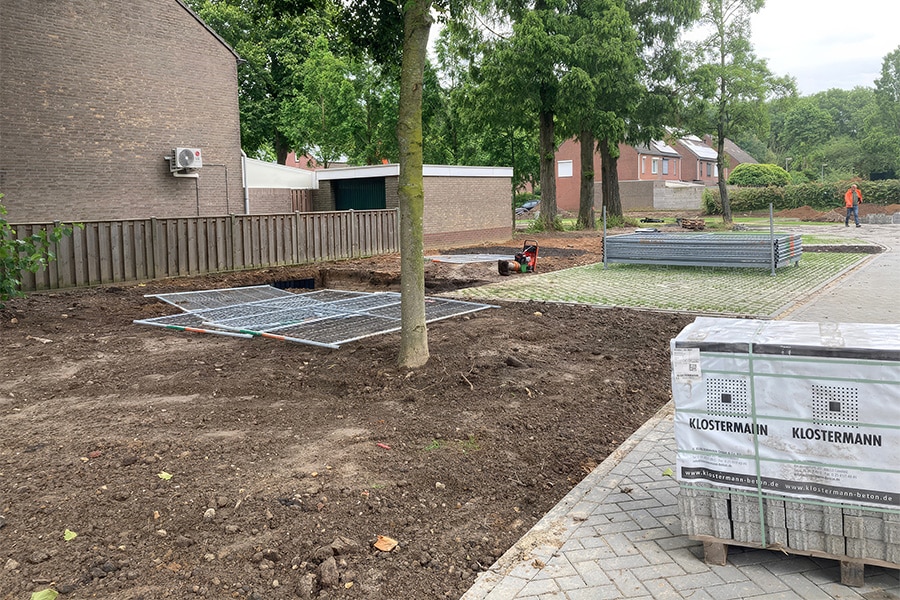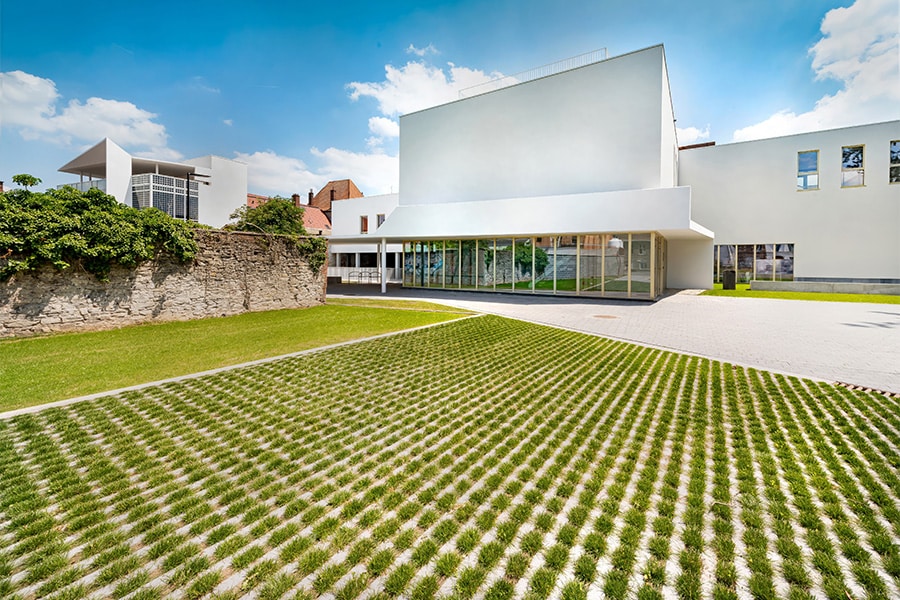
'Concrete sector at forefront of climate adaptation'
We are facing a huge social building task and at the same time a huge climate and environmental challenge. That task cannot be accomplished without concrete. Speaking is Rob van Gijzel, chairman of Betonhuis. The cement and concrete industry, united in Betonhuis, takes its responsibility to shape the social, innovative and sustainability challenges even better.
The concrete sector is leading the way when it comes to climate adaptation, Van Gijzel believes. "The Concrete Agreement is a good example of this, with the sector taking joint responsibility. For building materials such as wood or steel, there is no comparable initiative yet." Van Gijzel does point out that the concrete sector still has a few challenges worldwide, with reducing CO2 emissions as the most important element. "A task that is not easy, but in which the Netherlands is leading the way. For example, we are already using alternative binding agents in the form of residual streams from other industries, such as slag from the steel industry and fly ash from coal-fired power plants. Concrete is also leading the way with regard to reuse, as the concrete industry has no waste. It can reuse concrete building components or use them in a different way by crushing concrete released during demolition which creates concrete granulate which can then be used in new concrete but can also be used in the foundation package under roads with demonstrably lower environmental impact."
Concrete in the GWW
To make the infra sector more sustainable, Van Gijzel says it is important to choose the most calibrated building material for each task. "Concrete is an important building material in the infrastructure sector, very much in anticipation of the changing climate. For example, we have to deal with periods of drought on the one hand and drowning due to short but heavy rainfall on the other. The latter requires a dosed discharge of water, not too fast because that intensifies desiccation. Concrete water buffer products are then a godsend, to name a few." Van Gijzel gives another example: "The Rhine has transformed in recent years from a snow river to a rainwater river. Additional measures will have to be taken to better regulate the flow of water to the sea. Large infrastructural works such as dams, locks and buffer basins are essential to manage the water. At the same time, if there is an enormous abundance of rainwater, there must be adequate collection. A first step in this direction has been taken with the Room for the River project. This can also go hand in hand with strengthening biodiversity. Research by Wageningen University, commissioned by Cascade, has shown that extracting raw materials for concrete (sand and gravel) has a positive effect on biodiversity."
Lack of innovation
The trend in the infrastructure sector is that large construction companies can no longer assess the risks of a major infrastructure project and are dropping out en masse. "Worrying," Van Gijzel believes. "There needs to be much more interplay between client and contractor to make processes more manageable and ensure continuity. Overall, the construction industry lacks the will to innovate. In the concrete sector there is an enormous amount of material and market knowledge that is often hardly used. A missed opportunity, especially with a view to the future. In the concrete industry, that knowledge is already deployed and that leads to many beautiful (product) developments." Furthermore, Van Gijzel believes that the infrastructure sector should think more in prefab. "It increases quality, reduces construction time on site and minimizes failure costs. Moreover, prefabrication is an answer to adaptive construction to give a concrete structure a second or third life at a later stage, for example."




